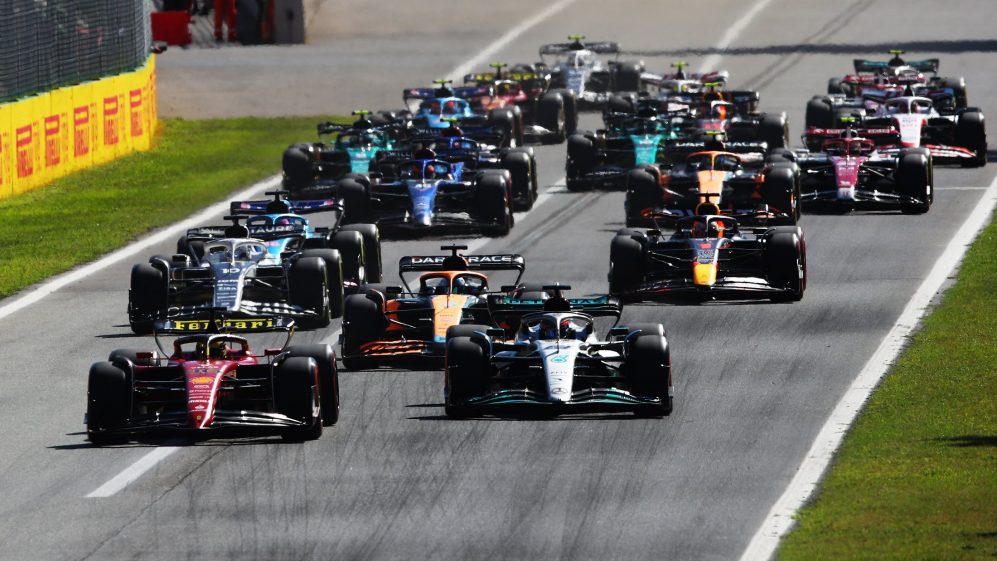Motorsports, also known as auto racing or car racing, is a sport that has been around for over a century. From the early days of car races on dirt tracks to the high-speed, multi-billion dollar spectacle of modern-day Formula One, motorsports have come a long way. In this article, we will explore the history of motor racing and its evolution into the sport we know today.
Where it all began
The early days of motorsports can be traced back to the late 19th century when car races were held on dirt tracks. These early races were often informal and lacked the structure and organisation of modern motorsports, but they paved the way for the growth and development of the sport. In the early 20th century, car races became more structured, and the first official Grand Prix races were held in Europe.

The growth of motorsports
One of the key factors in the growth of motorsports was the development of better cars and racing technology. In the early days of car racing, vehicles were relatively simple and lacked the speed and power of modern cars. However, as technology improved, cars became faster and more sophisticated, and racing became more competitive and exciting. This led to the development of various racing categories, including Formula One, IndyCar, and NASCAR, each with its own unique rules and regulations.
Another key factor in the growth of motorsports has been the rise of international competition. In the early days of car racing, races were mostly held within individual countries, but as the sport grew in popularity, international races became increasingly common. This led to the formation of international motor racing organisations, such as the FIA (Fédération Internationale de l’Automobile), which oversee the rules and regulations of international motorsports and manage the sport at the highest level.
The sport of motorsports has also been impacted by several key cultural and technological developments. For example, the advent of television and the growth of global media have helped to bring the sport to a wider audience and have allowed fans to follow the action live from around the world. In addition, the development of specialised equipment and training techniques has helped to make the sport more accessible and appealing to drivers and fans alike.

Challenges
Despite its growth and popularity, motorsports have also faced several challenges over the years. For example, the sport has been criticised for its environmental impact and its association with high-speed, high-risk driving. Additionally, the sport has been plagued by safety concerns, with several high-profile accidents and fatalities raising questions about the safety of drivers and fans. Despite these challenges, motorsports continue to thrive and remain one of the most popular and widely watched sports in the world.
One of the ways it has managed to combat the criticisms is by introducing new forms of racing with the likes of Formula E in which all cars have electric motors. There have also been moves like in Formula One to reduce the usage of fuel for a race, where cars now have to carry enough fuel for one race rather than topping up several times during a race. This helps reduce waste and has also encouraged manufacturers to invest and develop new systems to make vehicles more fuel efficient.
Wrapping things up
In conclusion, the history of motorsports is a story of innovation, growth, and evolution. From its humble beginnings on dirt tracks to the high-speed, high-stakes world of modern-day Formula One, motorsports have come a long way. With its high-tech cars, international competition, and millions of fans around the world, these types of vehicle-based sports are a testament to the enduring appeal and excitement of car racing. Whether you are a casual fan or a passionate racer, the history of motor racing is a rich and fascinating story that is well worth exploring.
Liked the fast-paced coverage of the history of car racing and other similar forms of vehicle-based sports? Then check out our Motorsports section.






Trackbacks/Pingbacks